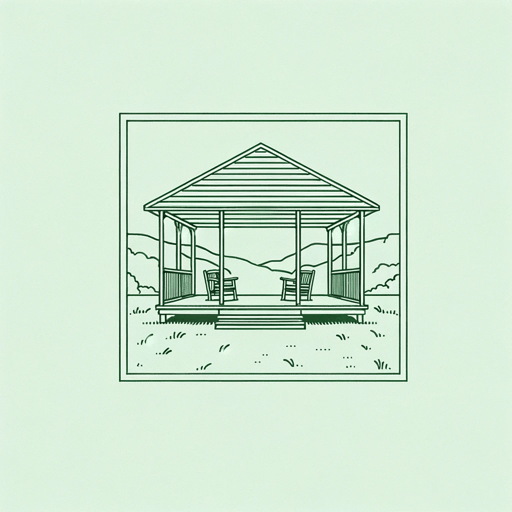40 pages • 1 hour read
Herman MelvilleBartleby, the Scrivener
Fiction | Short Story | Adult | Published in 1853A modern alternative to SparkNotes and CliffsNotes, SuperSummary offers high-quality Study Guides with detailed chapter summaries and analysis of major themes, characters, and more. For select classroom titles, we also provide Teaching Guides with discussion and quiz questions to prompt student engagement.
Story Analysis
Analysis: “Bartleby, the Scrivener”
Melville begins “Bartleby” with long, imagery-heavy descriptions of the characters in the office and the office itself. While we know from the beginning that the lawyer will recount a tale about Bartleby, readers are not introduced to Bartleby until after six pages of exposition. Melville begins his story this way for several reasons, all of which are tied to the story’s broader themes, motifs, and meanings.
First, readers learn that the lawyer is of some importance and has been praised by historical figure John Jacob Astor for his work. This importance might imply that the lawyer has offices that convey his status to guests and employees alike. This expectation is quickly knocked down with comical effect when readers learn that the offices are dismal. On one end, the second-story office looks onto a sky-light shaft of the office building, which the narrator says is “deficient in what landscape painters call ‘life’” (4). At the other end, it looks onto a “lofty brick wall, black by age” (4). The language connotes sterility, death, and malaise.
Second, Melville introduces readers to every named character of relevance in the story. These characters are all quickly revealed to be flat: characters with static, unchanging, often unrealistic traits.
Related Titles
By Herman Melville






